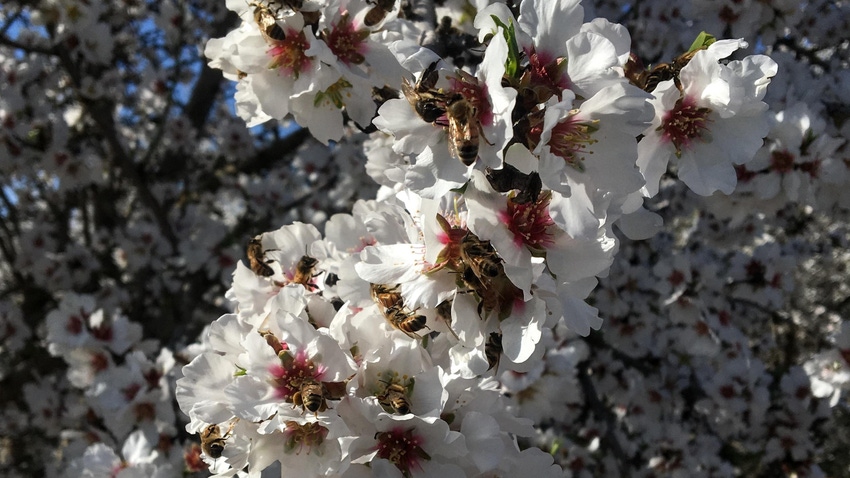March 26, 2024

Researchers have suggested extended warm weather during autumn could worsen honeybee die-offs during the winter.
Flying shortens the lives of bees, and worker honeybees will fly to find flowers whenever the weather is right, regardless of how much honey is already in the hive.
Using climate and bee population models, researchers found that increasingly long autumns with good flying weather for bees raises the likelihood of colony collapse in the spring.
The study, published in the journal Scientific Reports, focused on the Pacific Northwest but holds implications for hives across the U.S. The researchers also modeled a promising mitigation: putting colonies into indoor cold storage, so honeybees will cluster in their hive before too many workers wear out.
“This is a case where a small amount of warming, even in the near future, will make a big impact on honeybees,” said lead author Kirti Rajagopalan, a Washington State University climate researcher. “It’s not like this is something that can be expected 80 years from now. It is a more immediate impact that needs to be planned for.”
Worker honeybees will forage for food whenever temperatures rise above about 50 degrees Fahrenheit. When it gets colder, they cluster in the hive, huddling with other bees, eating honey reserves and shivering, which helps keep the bees warm. In the spring, the adult worker bees start flying again.
If too many older worker bees die before their replacements emerge ready to forage, the whole colony can collapse. Scientists have estimated this happens when there are fewer than 5,000 to 9,000 adult bees in the hive.
Source: Washington State University
Read more about:
HoneybeesAbout the Author(s)
You May Also Like






